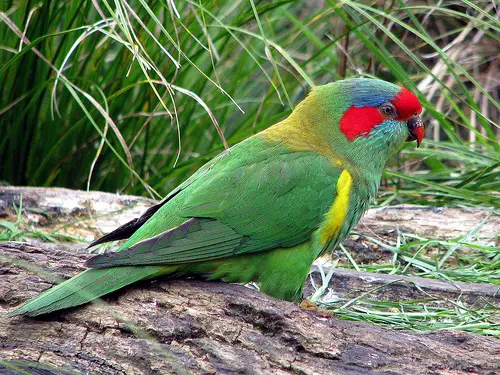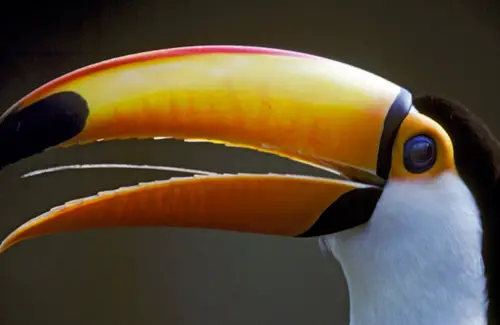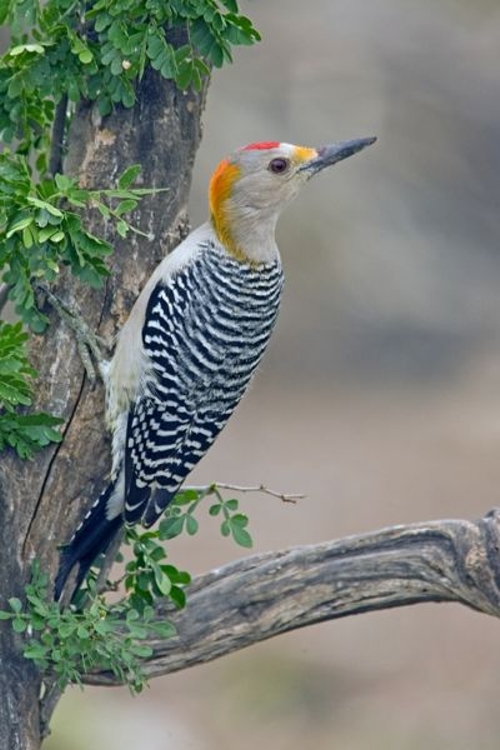Musk Lorikeet
The Musk Lorikeet is a type of lorikeet that belongs to the Glossopsitta genus. It was first described in 1970 by George Shaw as Psittacus concinnus from a colletion around Port Jackson, now known as Sydney. It is also known as the Green keet, Coolich, and the Red-eared Lorikeet.
These animals are endemic to south-eastern Australia. It is found in Victoria, eastern New South Wales, and south-east South Australia. They prefer living in tall and open woodlands and dry forest. The area is dominated by eucalypts and the Musk Lorikeet is usually found in the canopy. They are also found in suburban areas such as trees and parks. They will also roost in tall trees that are away from their feeding sites.
This bird is a medium-sized lorikeet. Other than the above, it can be found in mixed bird flocks with parrots and other birds. They are noisy and active. Its appearance is mostly green, but it does have a yellow patch at the side of its breast. It also has a red forehead. It has a blue crown, although females are less blue than males. During flight, the Musk Lorikeet reveals its golden tail and brown flight feathers.
When Musk Lorikeets fly, they are very fast and direct. They have short angular wings and a wedge or pointed tail. They are nomadic creatures who will travel for food. When they feed, they will feed in the canopy. They eat nectar and pollen from eucalypts using their special brush-tipped tongues. However, they also eat insects, larvae, fruits, and seeds.
During breeding time, Musk Lorikeets will take up holes and hollow branches in living eucalyptus trees that are near watercourses. These entrance holes are generally quite small so these birds will squeeze in. Eggs are laid on the base of a decayed or chewed wood. The female will incubate her eggs, but both parents will roost in the tree hollow at night time.
Unfortunately, there is some decline in population, but they are still categorised as being of Least Concern by the IUCN. The decrease in population is caused by clearing eucalypts for agricultural purposes. On the other than, they may actually benefit from plantings in townships. They do not inhabit any forests that are being logged, however they sometimes do visit orchards. Farmers may therefore consider them a pest.




